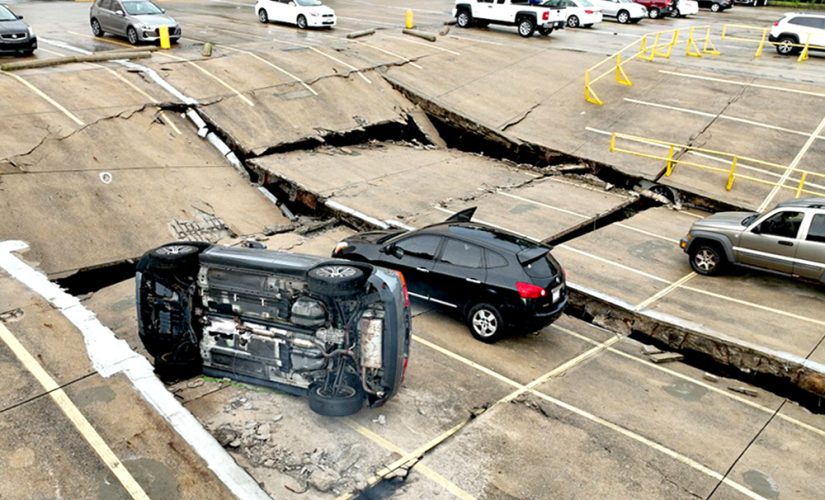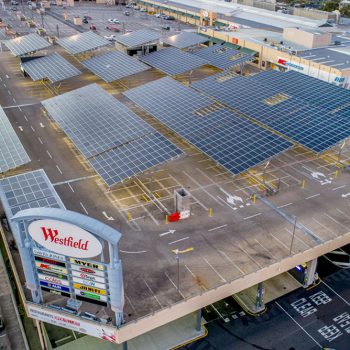
Are You Monitoring & Maintaining Your Properties Properly?
Whether they’re maintained or not structures will deteriorate; it’s simply a question of time and planning. Right now many buildings constructed in the 1970’s and 80’s are reaching the end of their design life, a sobering thought if you are an asset/property owner.
In order to maximise the longevity and value of your structural assets it’s important to regularly monitor and audit them. This is why a Risk Based Structural Appraisal by an experienced structural engineer is not only prudent, but essential.
Over the past decade MPN has delivered Risk Based Structural Appraisals to over 65 sites Australia-wide, for clients proactive in developing a long-term maintenance and development strategy. From large scale shopping centres, residential towers, and office buildings, through to commercial and industrial warehousing, our appraisals have saved slabs, basement shoring walls, bridges, and even whole carparks from the brink of collapse and failure. This broad range of experience has enabled MPN to build an audit and appraisal process that ensures all areas are monitored and assessed, no matter the type of structure.
On a basic level an evaluation to check the adequacy of existing structures becomes necessary due to:
- Purchase, insurance, legal purposes
- Change of use or loading
- Defects in design and/or construction
- Deterioration with time
- Accident, fire, other damage
- Structural alterations
- Assurance of safety and/or serviceability
Why Commission A Risk Based Structural Appraisal?
With several high-profile incidents both in Australia and Internationally in recent years, identifying and addressing defects and remedial works has become a focal point for many property owners and managers. With this in mind the main objectives of a Risk Based Structural Appraisal includes:
- To assist and advise the owners and operators on a systematic approach to assessing and reporting on the structural condition of the existing assets.
- To advise on remedial works required (or foreseen) and to provide a plan of management for implementation taking into consideration the need to minimise disruption to the operations of the assets.
- To advise on the management of any identified (or potential) risks and establish an order of priority for action.
- To ensure that the approach adopted is able to be incorporated into the long-term management plan and overall risk management plan of each asset.
- To assist the owners and operators avoid unacceptable structural failure, that risks injury or the adverse perception of the structural integrity of the asset as being fit for purpose by occupants and/or the general public.
- To assist the owners and operators avoid or minimise the costs associated with loss in revenue and unplanned repair works.
- To assist the owners and operators manage the value of their assets in reference to their structural condition.
Sustainability
Due to the increased focus on sustainability, energy conservation and carbon emissions, the evaluation and re-use of existing structures is becoming more important. It’s initiated the need to structurally evaluate existing buildings for a potential ‘new life’ and ‘new purpose’.
It Makes Good Business Sense
Research indicates that construction defects exacerbated by deterioration are the most common trigger for building failures. “De Sitter’s Law of Fives” suggests that the costs of structural repairs escalate by a magnitude of 5 at each maintenance phase, becoming increasingly disproportionate. For example:
- Phase 1 – Structural Monitoring prior to any damage = $10,000
- Phase 2 – Preventative maintenance before deterioration has just begun or corrosion initiated = $50,000
- Phase 3 – Repair and maintenance as deterioration begins with localised damage/corrosion = $250,000
- Phase 4 – Rectification or replacement works following extensive damage or advance corrosion = $1,250,000
Structural monitoring and maintenance should be seen as an investment, as every dollar spent on structural monitoring and upkeep is potentially $125 saved on rectification.
Repeat Issues We Have Observed
Some of the repeated issues our team has seen when conducting Risk Based Structural Appraisals and evaluations include:
- Remedial works and local patch repairs (repair mortar/grout, coatings etc) are inadequately applied – the products have strict requirements for application and are very susceptible to poor workmanship. The repair works themselves become a risk with fresh grout or the like falling from height.
- Bearing slip/movement joints such as corbel joints nearly always result in spalling concrete and deterioration, degradation of joint materials/sealants, and are often designed wrong or to superseded codes. Often drip trays or ‘catch’ trays are concealing the joint – hiding or accelerating significant damage. These are a particular element that must be monitored regularly… or best avoided in design.
- Load-bearing (proprietary) shear connector dowels in joints are often visible and not treated for fire and water protection
- ‘Dog-leg’ expansion joints with inadequate joint separation to allow for movement resulting in cracking or concrete spalls/break-outs
- Structural steel with perishing protective coatings or simply rusting away
- Rooftop plant decks are out of sight and out of mind, exhibiting regular corrosion, perishing protective coatings, poor screening/parapets, access issues, debris, etc
- Structural steel connections with chemical/mechanical anchor bolts to concrete are often defective with incorrect installation, plate grout missing or excessive, annular gaps around the holes (leading to irregular load distribution), aborted holes in the concrete remain unfilled. Anchor bolt testing needs to be enforced.
- Non-load bearing block walls regularly constructed in a risky and non-compliant manner with inadequate bracing for robustness or lacking head restraint (particularly under steel roofs, large openings, etc). Stability ratios are often not met for fire rating requirements.
- Precast panels often installed bridging movement joints in slabs, leading to significant cracking and localised damage.
- Levelling shims at edges of precast panels breaking off concrete covers.
- Climbable parapets and car barriers at building edges.
For further information about our Risk Based Structural Appraisals, structural audit and evaluation services please Contact your local MPN Team.


